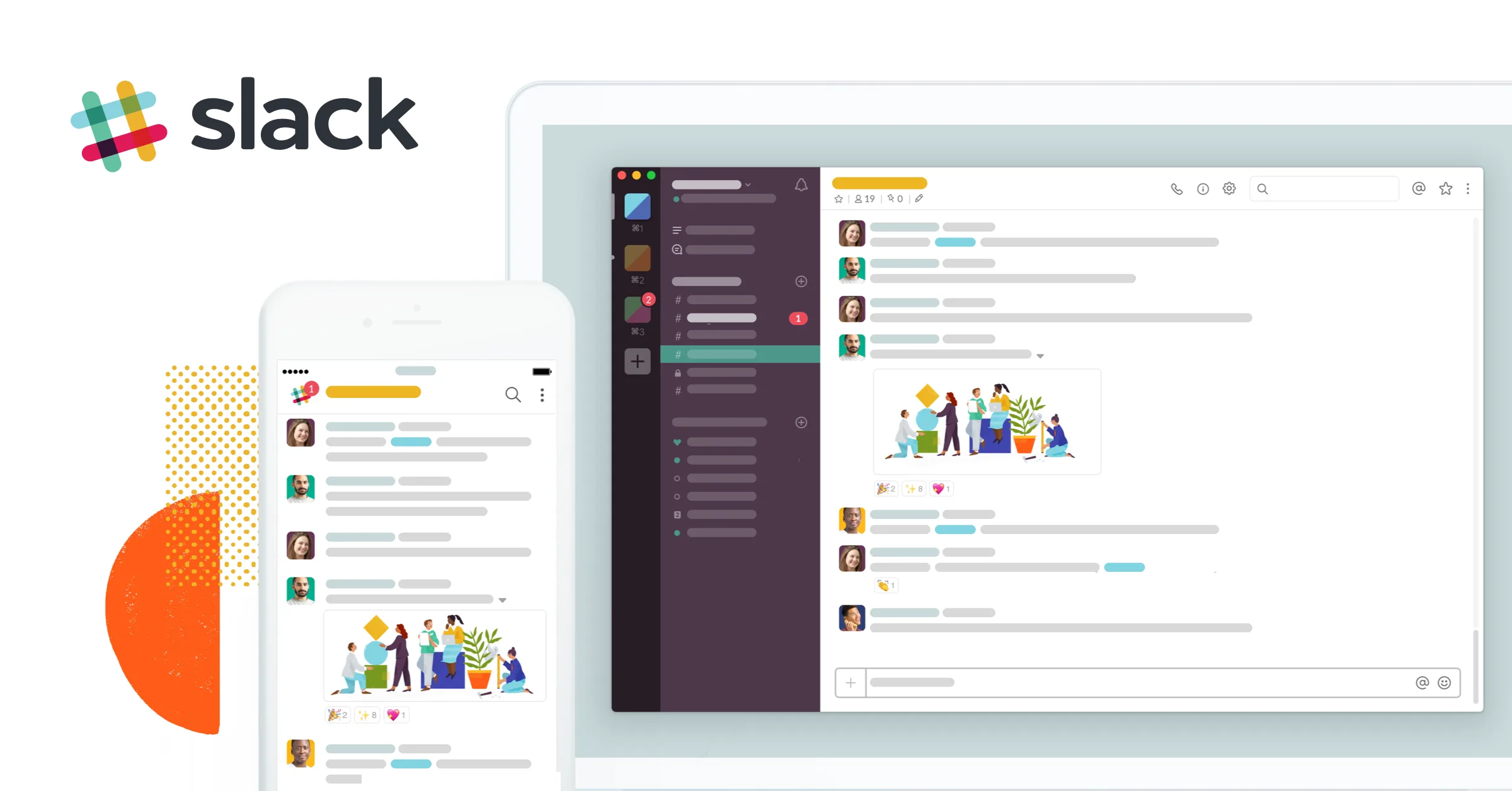Translation Management
Solutions
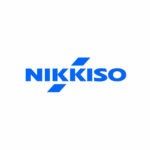


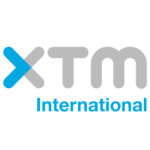



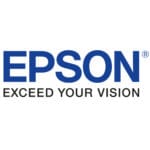

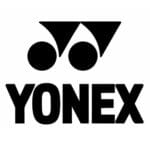





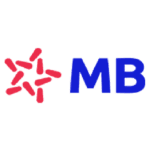
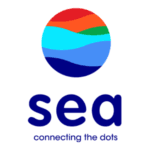



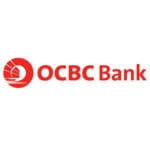
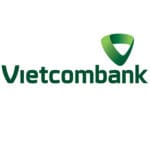

















Translation data management
- ✅ Translation Memory – TM
- ✅ Terminology Database – TB
- ✅ Bilingual Data
- ✅ Quality Assurance (QA) Reports
- ✅ Machine Translation (MT) Data
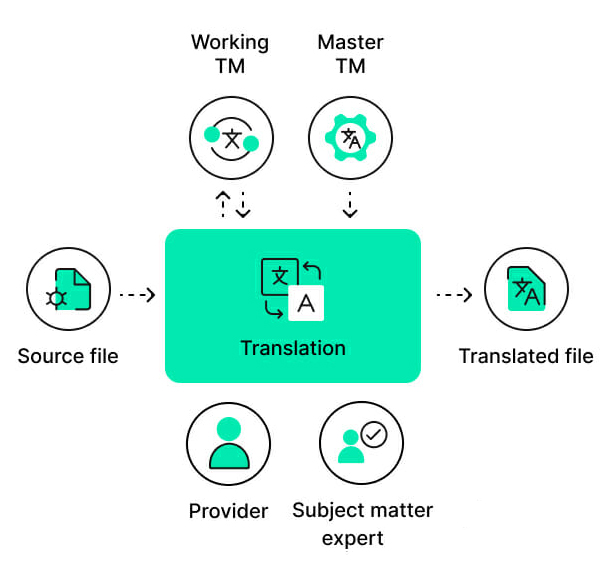

Translation project management services
- ✅ Project Planning & Analysis
- ✅ Resource Allocation
- ✅ Workflow & Timeline Management
- ✅ Technology & Tools Integration
- ✅ Quality Control & Consistency Assurance
- ✅ Communication & Client Coordination
- ✅ Budget & Cost Management
- ✅ Risk Management
Why us
Confidentiality
All resources involved in the service delivery process at AM Vietnam are trained in security awareness and best professional practices.
Technology
We manage translation projects using advanced technology that meets international translation industry standards.
ISO 9001:2015
Since 2018, our services are accredited to meet ISO 9001:2015 quality standards by the British Standards Institution (BSI). Providing of Language Services (Translation, Interpretation, Content Transformation).
Business continuity
We always have back-up resources of same or higher levels to ensure business continuity.
FREQUENTLY ASKED QUESTIONS
ON TRANSLATION MANAGEMENT
A Translation Memory (TM) is a linguistic database that stores previously translated text segments (source and target language pairs). These stored translations can be reused in future translation projects, improving efficiency, consistency, and reducing costs.
TM works by breaking down text into segments (sentences, phrases, or paragraphs) and matching them with previously translated content. When a translator encounters a similar or identical segment in a new project, the TM suggests the best match, allowing for quick reuse.
Increased Efficiency
- Reduces the time required for translation by reusing existing content.
- Minimizes redundant work and accelerates project turnaround.
Improved Consistency
- Ensures that terminology and style remain uniform across all translations.
- Prevents discrepancies in brand messaging.
Cost Savings
- Reduces the need for repeated translations, cutting costs in large-scale projects.
- Optimizes human effort by leveraging TM and MT.
Enhanced Quality Control
- Enables systematic error detection and correction.
- Provides real-time feedback to translators and editors.
Scalability for Multilingual Projects
- Supports rapid expansion into new languages and markets.
- Enables seamless collaboration among global teams.
✅ Step 1: Segmentation
- The source text is divided into segments (usually sentences or short phrases).
- Each segment is paired with its translated equivalent and stored in the TM.
✅ Step 2: Matching & Retrieval
- When a translator works on a new project, the TM scans for similar or identical segments.
- The TM suggests previous translations that match the new text.
✅ Step 3: Fuzzy Matching
- 100% match: The segment is identical to a stored translation.
- Fuzzy match (50-99%): The segment is similar but may need adjustments.
- No match (0%): The segment does not exist in the TM and requires a new translation.
✅ Step 4: Storing New Translations
- Any newly translated segments are added to the TM for future use.
🎯 1. Improves Translation Speed & Productivity
- Translators can reuse existing translations, reducing workload and turnaround time.
- Large projects with repetitive content (e.g., legal documents, technical manuals) benefit the most.
🎯 2. Enhances Consistency
- Ensures that key terminology and phrases are used consistently across different documents and projects.
- Useful for branding, legal, medical, and technical translations.
🎯 3. Reduces Costs
- Clients are often charged lower rates for repeated or fuzzy-matched segments.
- Less manual work is needed, leading to lower overall translation costs.
🎯 4. Supports Multi-Language Translation
- Once a TM is built, it can be used for translating content into multiple languages while maintaining consistency.
🎯 5. Improves Quality Control
- Translators and reviewers can compare new translations with past ones.
- Helps minimize errors and maintain terminology accuracy.
| Feature | Translation Memory (TM) | Machine Translation (MT) |
|---|---|---|
| Source | Human-translated segments | AI-generated translations |
| Consistency | High (uses past human translations) | May vary (depends on training data) |
| Speed | Faster for repeated content | Instantaneous but may require post-editing |
| Quality | High (human-reviewed content) | Lower without post-editing |
| Best Use Case | Documents with repetitive text (manuals, legal, software) | Large-scale translation with AI post-editing |
TM and MT can be combined by using Machine Translation with Post-Editing (MTPE), where a translator refines AI-generated translations while leveraging TM.
| Tool | Features |
|---|---|
| SDL Trados Studio | Advanced TM management, integrates with multiple formats |
| memoQ | User-friendly interface, strong TM and terminology management |
| OmegaT | Open-source TM tool for freelancers |
| Smartcat | Cloud-based TM with real-time collaboration |
| Wordfast | Lightweight and cost-effective TM system |
Suggested Reading
Changes to Translation Notarization Regulations from 1 July 2025
Major updates to translation notarization under the 2024 Law on Notarization took effect from 1
New Regulations on Notarized Translation Effective from 1 July 2025
1 July 2025 marks a significant turning point in Vietnam’s notarized translation sector. The new
A Complete Guide to Translating Birth Certificates: Process, Requirements, and Notarization
What Is a Birth Certificate? A birth certificate is the very first and most essential
International Standards for Interpreting: Levels, Comparisons, and Real-World Applications
This article breaks down the most common internationally recognized levels of interpreting. It covers their definitions, skill requirements, typical use cases, and how they differ from one another—offering a clear guide for learners and hiring organizations alike.
#Slack: Effective Communication in Translation Companies
#Slack: Effective Communication in Translation Companies Introduction In the context of an increasing number of
Confidentiality in Legal Translation: What You Need to Know
With a growing number of data leaks making headlines, maintaining confidentiality in legal translation has



